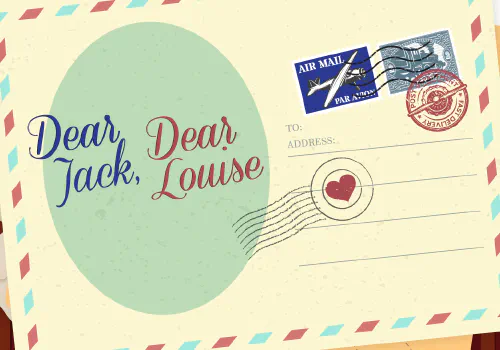OBJECTIVE
Students will demonstrate their ability to analyze subtext and relationship in Hamlet by using textual clues and imagination to explore a relationship outside the scope of action.
UTAH CORE STANDARDS
- Reading: Literature Standard 1
- Reading: Informational Text Standard 6
- Literacy Standard L3.T.CO.1
INTENDED AUDIENCE
9th grade – 12th grade
TIME
60 — 90 minutes
MATERIALS
- Meme presentation
- Video Clip: Hamlet and Ophelia
- Video Clip: Hamlet and Gertrude
OUTLINE
-
PRE-HOOK
Pull a few of your favorite memes from the internet (preferably with a person “speaking” out loud. Also select a random photo of a person/image/stock photo. Put them all in a format able to display for all the students at the same time (PowerPoint, Canvas, etc.). Ideally it is an image of a person that can be interpreted in many different ways - no one way to react to it.
-
HOOK
Display the chosen image. Have students create a meme for the image - they supply the “tagline” or “text” for the image. Have students share their creative ideas. As they share their ideas, discuss what made them choose that tagline - what was it about the image that made them think this is what they would talk about? This meme practice is a visual representation of subtext.
-
TRANSITION
Explain that subtext is a literary tool that writers use. The subtext is the unspoken or less obvious meaning or message in a literary composition, drama, speech, or conversation. Actors use subtext in their performances - taking the dialogue the playwright has written, they work to act out the unspoken meaning behind the lines.
Conduct a class discussion: How hard is it to say what we mean? How often are we misunderstood? Is that our fault or the fault of those listening to us?
-
INDEPENDENT PRACTICE
Have each student create a short text (in writing) they would use to break up with someone. They should consider: How do you balance clarity, kindness? What if you knew that the other person’s parents would read the text? Would that change what you write?
Have a couple students share their break-up texts.
-
INSTRUCTION
The class will be watching a break-up scene between Hamlet and Ophelia. While the students have only explored a couple of sections dealing with the relationship between Hamlet, Ophelia, and Polonius, why do students think they would be breaking up? And why?
Review - Ask a student to recount the exchange between Ophelia and her father from last class. State that in the scene we will watch, Polonius has sent Ophelia to meet with Hamlet while he and Claudius hide and watch.
-
MODELING
Watch the Hamlet and Ophelia scene (start the clip after the to be or not to be section, at about 2:50). Ask students to ponder while they watch: Why does he treat her like this? Is he being honest with her, do you think? Why or why not? After the clip is over, have them share their thoughts with another student.
-
DISCUSSION
Conduct a whole class discussion using the following prompts: What is the subtext? What is happening under the lines they are saying? Why do playwrights and actors use subtext? Why do you use subtext?
-
MODELING- INSTRUCTION
Students will compare another scene between Hamlet and someone in his relationship web to create a comparisons chart using Gertrude, his mother. As a class, watch the Hamlet and Gertrude scene. Ask students: Is Hamlet being honest with Gertrude?
Have students get into groups of 4-5 and discuss the following questions in their group: What are the differences in these scenes (Hamlet/Ophelia and Hamlet/Gertrude)? Why are they in the play? How do they each support Hamlet’s arc?
-
INDIVIDUAL PRACTICE
As previously discussed, subtext is what is NOT written on the page, but presented through clues in the text as well as in an actor’s performance. Students will take on the role of playwright to write a scene that Shakespeare didn’t include in his play. They are to write a dialogue exchange between Hamlet and Ophelia that occurs before the action of the play begins.
Encourage students to use their imagination to explore the moment Hamlet and Ophelia first see each other when he has returned to Elsinore for his father’s funeral: Use dialogue to reveal the relationship between them (don’t worry about making it sound ‘Shakespearean’ - just use normal everyday language). Are the characters direct in how they speak, or are they hiding behind the language and using subtext? What role does Ophelia play in this moment of need? Can you reveal character and relationship just using dialogue and action?
-
PERFORMANCE
Have students share their scenes - have them bring up a friend to read the second character out loud with them. Have students respond to each scripted exchange by highlighting what they liked about the scene creation.
ASSESSMENT
Students can be assessed on participation in the class discussions and their written dialogue exchange.









